
In our first article on” Getting it Right for Your Child”, we discussed several key points:
- Reading fluency and reading comprehension gaps are often significant — especially for the right brain, kinesthetic or neurodivergent learner, who learns best when they see and experience information. Note, understanding math and anxiety are often issues for these students, too.
- These gaps often widen over time. A student who is 2 years below grade level in reading comprehension in 4th grade may be 3 or 4 years below grade level by the time they enter high school.
- The upside potential is often far greater than parents realize. We have seen students we help improve their reading fluency dramatically and improve their reading comprehension by 2, 3 or even 4 grade levels within months.
- Anxiety and frustration are bigger problems than at any point. In this post pandemic period, more kids are anxious and frustrated, as they missed the foundation skills needed for success. When a child is anxious, they cannot learn; they are constantly doubting what they can do.
In recent discussions with teachers and other professionals and based on our own experience, 4th and 5th graders are especially at great risk, because they missed the key foundational skills needed for success due to school disruptions during COVID, during these critical early years of schooling.
- Parents play a vital role in this equation. The right brain, kinesthetic or neurodivergent learner often has a unique set of strengths and challenges that will require a tailored approach for the child to reach his or her full potential.
In this blog post, we will discuss the benefits of both assessing for a disability and assessing for success. Many parents call us after they have had a psychoeducational assessment done by an outside professional. This is an excellent time to leverage your investment by finding the right intervention to help your child succeed.
We offer a no cost consult you can access by calling us at 561-361-7495
Parents Play a Critical Role in Getting the Right Assessments and Interventions, Especially for the Right Brain, Kinesthetic or Neurodivergent Child
Getting a diagnosis for a “disability” is often critical for several reasons:
- Public and charter schools require a student to have an identified disability before a student can qualify for special education services. This is sometimes hard for parents to hear. They fear their child will be labeled- when in reality, they learn differently- are smart- but the system is not set up to help kids like this, especially when there is often more than one issue that needs to be addressed.
- As a Mom and an Educator, the emotional turmoil my kids experienced was the deciding factor that WE, AS PARENTS, needed to do something different! We needed to take the lead in finding what our kids were good at as well as find the professionals that understood and connected with them. Just getting a person that had specific training in a specific kind of program did not work. WE HEAR THIS ALL THE TIME FROM PARENTS. It is vital to understand the whole child and work together as a team.
- Voucher programs, like the Florida Empowerment Scholarship for Unique Abilities, require a student to have a specific qualifying disability before a private or homeschool child can qualify for this program that can be worth $10000 or more for a student per year.
- All schools require a qualifying disability to get accommodations. We can help you understand the process and how to best maneuver through it to get the help your child needs. It is important to remember that schools cannot always handle multiple issues: especially processing issues.
Too often schools delay the evaluation process. They frequently say they must complete the Response to Intervention (RTI) or Multi-Tiered System of Supports (MTSS) process before they will evaluate a child. Here is a link to a blog post that discusses how RTI cannot be used to delay or deny an evaluation and a sample letter to expedite the process.
Our single biggest mistake with our own kids was not recognizing that they were both right brain, kinesthetic and neurodivergent learners who learned best when they saw and experienced information. Too often assessments do not recognize these strengths. The good news is that more and more private psychoeducational evaluations are identifying these strengths.
The three reasons it is important to identify if your child is a right brain, kinesthetic or neurodivergent learner are that these students::
- Often struggle for years, because their strengths are not leveraged
- Can often make far greater gains, when their strengths are leveraged
- It may make you a far more effective coach and advocate for your child
To help you understand if your child is a right brain, kinesthetic or neurodivergent learner, download our screening tool. We recommend you complete this with your child — some of their answers may surprise you.
Discovering your child is a right brain, kinesthetic or neurodivergent learner is often the critical first step to unlock your child’s potential. If you find your child is a right brain, kinesthetic or neurodivergent child who learns differently and you want to discuss a strength-based approach to help your child succeed in months, give us a call at 561-361-7495
Common Challenges for Right Brain, Kinesthetic or Neurodivgent Learners
The neurodivergent learner often has challenges with executive function issues, dyslexia, auditory/visual processing difficulties and/or anxiety.
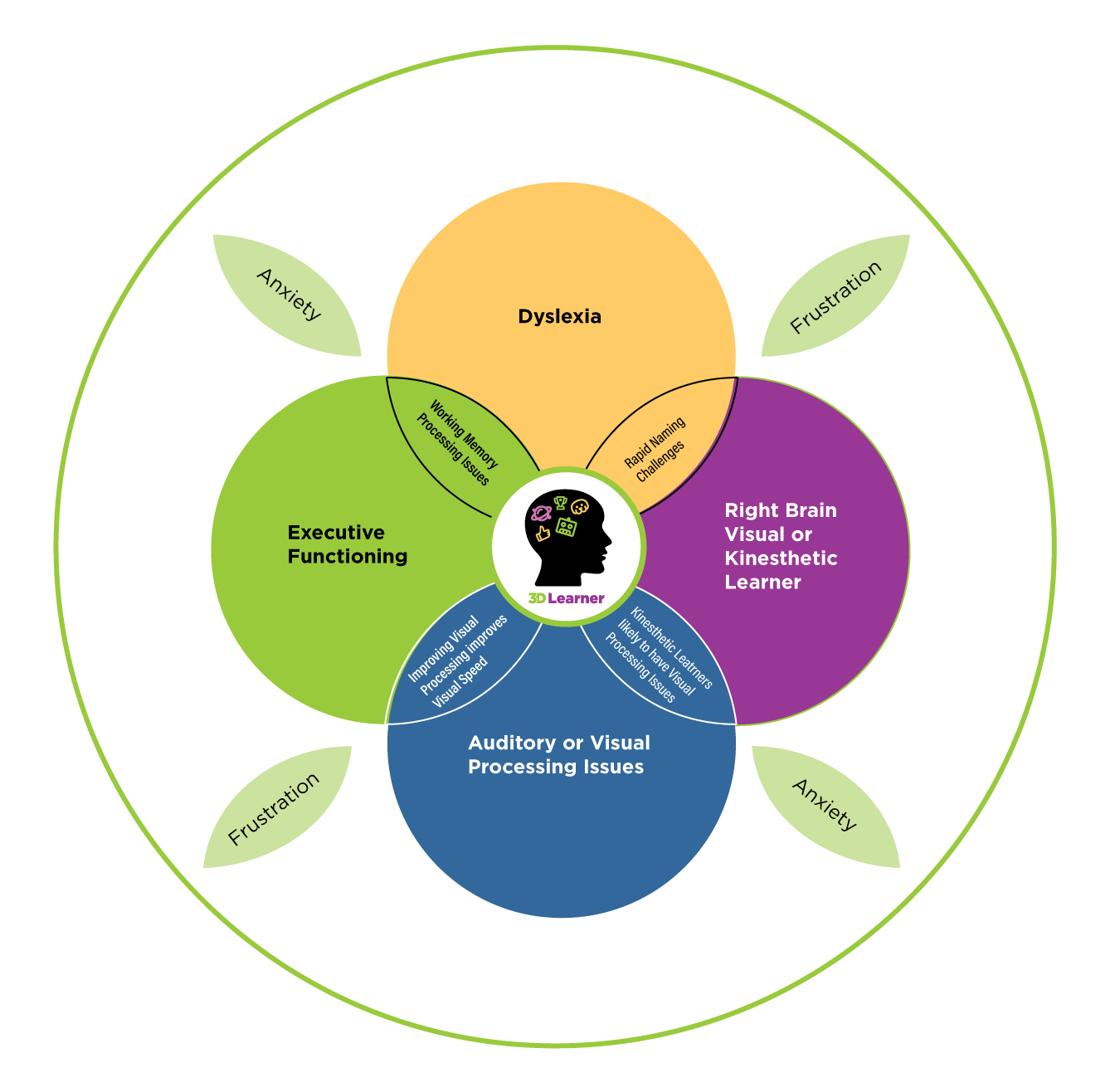 The right assessment can identify specific strengths and cognitive weaknesses
The right assessment can identify specific strengths and cognitive weaknesses
allowing for tailored interventions and support.
For individuals with executive function challenges, an assessment may include tasks that evaluate working memory, processing speed, planning and attention. This can help educators and support professionals understand the specific areas where the individual may need assistance. We use the Mindprint Assessment ® developed by the University of Pennsylvania that identifies executive function strengths and challenges.
For 25 years, we have used the Interactive Metronome ® to assess and address attention issues. This assessment often allows both parents to see the attention challenge in action. The Interactive Metronome is an excellent tool to improve attention and it also reduces impulsivity and hyperactivity and improves handwriting, sports performance and math and reading fluency.
At 3D Learner, we use the Core Assessment from the UFLI ® program to assess for dyslexia and identify specific strengths and challenges. This program was developed by the University of Florida Literacy Institute and was based on the Orton Gillingham model. This assessment allows us to tailor a treatment to the specific issues a child has.
In the case of auditory or visual processing issues, assessments may focus on tasks that assess how well an individual processes and interprets auditory or visual information. Understanding these challenges can guide the development of strategies and accommodations to support learning. We use a Visagraph ® that shows how the student’s eyes track when reading. Here is a link to a video that shows how a student’s eyes tracked before and after the intervention.
The 3D Learner Assessment Results in a Tailored Solution
At 3D Learner, our goal is to help a student to achieve significant gains in months. All the tools we use have proven to be valuable in tailoring a solution to meet a student’s needs. After we do an assessment, we then review the results and if appropriate agree on specific goals and a plan to help your child to make significant gains in months. This works
especially well for the right brain, kinesthetic or neurodivergent child who learns differently, Note, we can also tailor a program for students with executive function, attention, visual processing and/or math challenges.
We offer a no cost consult you can access by calling us at 561-361-7495
Note, the right brain, kinesthetic or neurodivergent child often has dyslexia, ADHD and other executive function challenges. What is missing is that these students often learn differently and have visual processing issues. We strongly recommend leveraging these two tools to screen to see if your child:
Again, we recommend doing these assessments with your child, as their answers may surprise you.
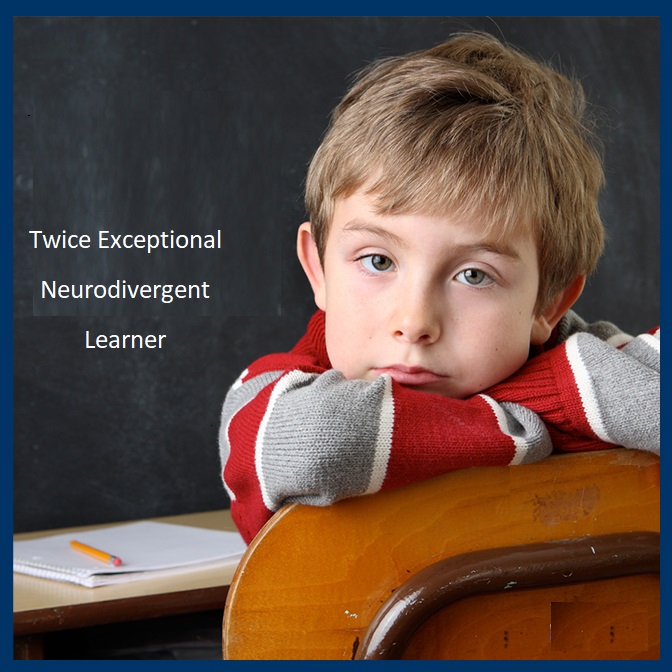
(Call 3D Learner at 561-361-7495 to put your Twice Exceptional Student on Their Pathway to Success)
“Twice exceptional” (2e) students refer to individuals who are both intellectually gifted or talented and may be neurodivergent learners with related challenges. This combination can present unique challenges and strengths in their learning experience. Twice exceptional neurodivergent learners may include those with conditions such as Executive Function issues, dyslexia, ADHD, autism spectrum disorder, or other learning disabilities.
I am Mira Halpert. I have my Master’s in Teaching the Gifted and Talented from the University of Michigan. I also have two twice exceptional children. After years of frustration with dyslexia treatments, learning centers and reading programs, I discovered both my kids were right brain kinesthetic learners. With the 3D Learner Program I developed, my daughter was able to improve her reading comprehension 4.2 grade levels in 7 months, improve her GPA from a 2.7 to a 4.4 and later earn her Master’s in Education from the University of Florida. My son improved his reading scores in elementary school, so that no more school remediation was needed, and he was able to participate in the highly gifted math program.
Over the last 26 years, 3D Learner has helped many twice exceptional students to succeed. Two examples include:
A student whose parents were told not to even apply to a rigorous college prep school, because if he got in he would not succeed. With our help, he was accepted by the school, became the valedictorian and later graduated from MIT.
While another student could solve high level math problems and was incredibly creative, he really struggled with the basics. We were able to improve his foundational skills and his confidence. He was able to succeed in school and is now thriving at the University of Chicago.
5 Things We Have Come to Learn About Twice Exceptional Neurodivergent Learners
1- Most of them are right brain kinesthetic learners, who learn best when they see and experience information
2- Many have significant executive function challenges. Some with working memory and processing speed scores that are far below what their intelligence potential is (these scores often impact their IQ score!).
3- Visual processing issues are quite common. They may have good peripheral vision, but they often skip words and lines when reading and make what appear to be “stupid” mistakes when doing math problems because their eyes do not work together.
4- Their academic performance is often far below their potential. In some cases, dyslexia, dysgraphia or other conditions may have them performing below grade level. In other cases, they may be performing at or above grade level, but they have the potential to do far better than that with the right help.
5- Schools or traditional programs often do not result in significant gains. The twice exceptional neurodivergent learner can benefit most from a program that plays to their strengths, identifies and addresses their challenges and boosts their self-esteem,
As the mom of the student who went to MIT said, “You changed his attitude and that was 90 percent of the battle”.
How 3D Learner Can Help Put Your Twice Exceptional Child on Their Pathway to Success
As parents, we wish we had access to both the right assessment and help for our daughter earlier in her life. To help parents, we are offering three ways to learn more:
1- Sign up for our Parents, Put Your Twice Exceptional Child on Their Pathway from Stress to Outrageous Success Webinar this Thursday evening January 11th at 9 pm.
Sign up and if you cannot make it, we will send you a replay.
2- Download our strengths and challenges infographic and get our series of posts on Getting It Right for Your Twice Exceptional Child.
3- Call us at 561-361-7495 and we can discuss how you can make the difference. If you want, we can also share how we Assess The Twice Exceptional Neurodivergent Child and how we help the Twice Exceptional Neurodivergent Child to Succeed with our 3D Learner Program ®.
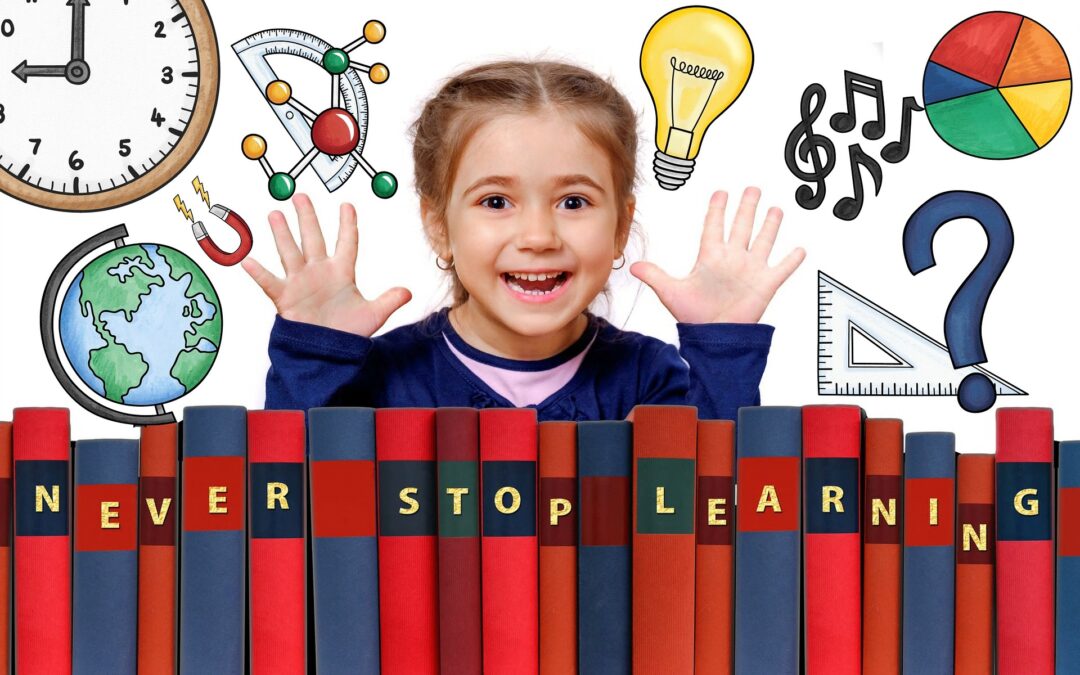
At 3D Learner, we focus on Getting It Right for students who are right brain, kinesthetic or neurodivergent learners, who often struggle with reading fluency and reading comprehension. Note, math and anxiety are often challenges, too.
In this post pandemic period, reading fluency and reading comprehension are major issues for many students. Math has become an even bigger problem, as reading comprehension issues are compounded by their lack of foundational skills.
As one parent commented, “The best time to intervene was a couple of years ago, the second best time is today”.
While the risks and opportunities are greater than ever, the key point is that it is
Up to Parents to Make The Difference
Is your child a bright right brain, kinesthetic or neurodivergent learner? Does this describe your child:
- Does your child remember places visited, even from years ago?
- Does your child learn best when he or she sees and experiences information?
- Is your child a lot smarter than present results would indicate?
- Does your child struggling with reading fluency, reading comprehension, math and/or anxiety
- Would you like to know how you can help your child to be far more successful, within months
This is the first in a 5-part series to Get It Right For Your Right Brain, Kinesthetic or Neurodivergent Learner.
This blog post will focus on the risks and opportunities facing parents and kids, and the unique role parents play in making the difference.
For the right brain, kinesthetic or neurodivergent learner,
it is up to the parents to make the difference
The second blog post will focus on the key Insights about these kids. Their unique strengths, challenges and their present level of performance — with a focus on both reading fluency and reading comprehension.
The third blog post will focus on Setting BOLD Goals for your bright right brain, kinesthetic or neurodivergent learner.
The fourth blog post will focus on Getting the Right Help to Get It Right for your bright right brain, kinesthetic or neurodivergent learner.
The last blog post will focus on the benefits of Taking Massive Action to Get It Right for your bright right brain, kinesthetic or neurodivergent learner.
The 7 biggest risks the right brain, kinesthetic and neurodivergent learners face are:
- They avoid silent reading and their reading fluency and reading comprehension gaps widen.
- Parents invest in a dyslexia treatment, which may be needed, but they do not realize these programs often do not address reading comprehension, visual processing and related skills.
- The right brain, kinesthetic and neurodivergent learners learn best when they see and experience information. These students often do not make the desired progress with traditional tutoring and other interventions that do not leverage their skills.
- These students often have visual processing, auditory processing and/or executive function issues (e.g. attention, working memory and processing speed) that are often not identified or addressed.
- Anxiety and frustration increase each year and their self-esteem and confidence declines.
- Reading fluency and reading comprehension issues start to impact a student’s performance in all other subjects.
- Parents change schools – often moving their child to a charter or private school. While these settings may help, they rarely address the reading fluency and reading comprehension issues.
3D Learner has been helping students to improve their reading fluency and reading comprehension for 28 years. We have also been working with prior voucher programs for close to 10 years.
Opportunities for Right brain, Kinesthetic or Neurodivergent Learners with Reading Fluency and Reading Comprehension Issues
- The right brain, kinesthetic or neurodivergent learner can often increase their reading comprehension by 2 or 3 grade levels within months
- Reading fluency gains can be significant
- Improvements in attention, visual processing and working memory can improve academic, athletic and related skills
- Anxiety and frustration can often be reduced, and the students can become far more confident and resilient
An Example Where a Student Needed far More Than a Dyslexia Treatment
Maria had been through two years of dyslexia treatments but was still struggling with reading fluency; her reading comprehension was two years below grade level, and she avoided reading.
Mom called us and in the first few minutes, we realized her daughter was a right brain learner, who learned best when she saw and experienced information and that she appeared to have a visual processing issue.
Further testing confirmed the learning difference and visual processing issue and revealed this second grade had some reading fluency issues and her reading comprehension was at the kindergartener level.
With our help, her reading fluency improved, her reading comprehension improved 2 grade levels in 4 months and 3 grade levels in 7 months, and she read 23-chapter books over this period.
Reading Fluency and Reading Comprehension Gaps Can Be Larger for Older Student
Gina had a significant reading fluency and reading comprehension issue. It turned out her reading comprehension was 5 years below grade level, and she was struggling with her homeschool curriculum.
With our help, her reading fluency improved, her reading speed doubled, she improved her reading comprehension 4 grade levels in 6 months, and she was able to do all her schoolwork.
The Path to Improving Reading Fluency and Reading Comprehension Starts with Asking the Right Questions
We often start with 5 key questions:
- Is reading fluency an issue for your child?
- What is your child’s present level of reading comprehension?
- Is your child a right brain, kinesthetic or neurodivergent learner? Note, many students who struggle with reading fluency and reading comprehension are a right brain, kinesthetic or neurodivergent learner, who learn best when they see and experience information.
- Does your child have a visual processing issue? 74 percent of our students skip words and lines when reading. People will argue that visual processing does not cause dyslexia — that is true. However, a visual processing issue makes reading very difficult and often leads to students avoiding silent reading.
-
Did you realize that you can leverage the Florida Empowerment Scholarship for Unique Abilities to help your child to significantly improve his or her reading fluency and reading comprehension in months?
We are offering a focused assessment that addresses the following.
-
Your child’s reading fluency strengths and challenges, using the UFLI Core Assessment ®- the University of Florida’s Literacy Institute’s Assessment
-
Your child’s present level of reading comprehension
-
Whether your child appears to be a right brain, kinesthetic or neurodivergent learner
-
Whether your child appears to have a visual processing issue
-
How you might can capitalize on your child’s strengths and address their challenges to significantly improve your child’s reading fluency and reading comprehension issues in months
To take advantage of this offer,
call us at 561-361-7495 to discuss your situation
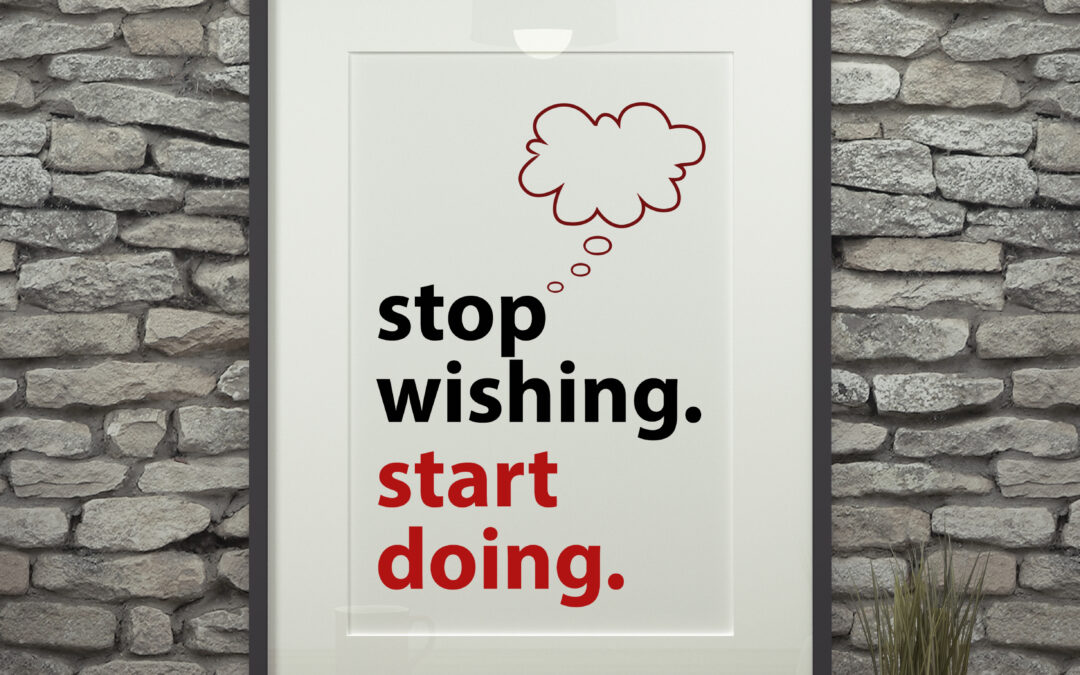
(Especially for right brain, kinesthetic and neurodivergent learners)
The Florida Empowerment Scholarship and the Personalized Education Program now provide parents with the opportunity to significantly improve your child’s reading fluency and reading comprehension and so much more, with voucher money.
The 3D Learner Assessment Special — purchase one hour through the Florida Empowerment Scholarship or Personalized Education program and call us at 561-361-7495 and we will provide you with a one hour tutoring – assessment effort and a 30 minute consult to answer the following questions:
- Whether your child has dyslexia — and where their reading fluency is strong and where they struggle
- What your child’s present level of reading comprehension is
- Whether your child is a right brain, kinesthetic or neurodivergent learner
- Whether your child has a visual processing challenge — over 74% of the students we see either skip words and/or lines when reading
- How with our help, you can significantly improve your child’s reading fluency and reading comprehension
- Or you can call us at 561-361-7495 to discuss your specific situation.
3D Learner — Offering a Strength Based Program to Improve Reading Fluency and Reading Comprehension for over 26 years
Since 1997, 3D Learner has been helping students to improve their reading fluency and reading comprehension. We also help students to improve their attention, working memory, processing speed, visual processing and their confidence. With what has become known as the Florida Empowerment Scholarship for Unique Abilities and the Personalized Education Program for others, we have been able to help more students with Florida’s vastly expanded voucher program.
3D Learner specializes in helping the right brain, kinesthetic or neurodivergent learner who often:
- Remembers details from places visited, even from years ago
- Learns best when they see and experience information
- Are a lot smarter than present results would indicate
- Often have two, three, four of the following challenges:
- They skip words and lines when reading
- They can focus on that which interested them, but lose focus when the work is hard or frustrating
- They have difficulty remembering what they heard or read
- Anxiety and frustration often occur when doing academic work
3 Goals for 3D Learner Students with the Florida Empowerment Scholarship and the Personalized Education Program
Our first goals are to help parents to understand:
- Whether your child has dyslexia — and where their reading fluency is strong and where they struggle
- What your child’s present level of reading comprehension is
- Whether your child is a right brain, kinesthetic or neurodivergent learner
- Whether your child has a visual processing challenge — over 74% of the students we see either skip words and/or lines when reading
- How you can make the difference
To offer an integrated, engaging and effective solution for those students we can help.
To help students to make significant gains in their reading fluency and reading comprehension in months. We do this while also addressing attention, visual processing, working memory and processing speed issues. We also strive to build self-esteem, confidence and resilience.
For voucher students, we are offering a one-hour assessment – tutoring session with a separate parent consult, when you purchase one hour from 3D Learner through the Florida Empowerment Scholarship or the Personalized Education Program. You can either:
- Purchase an hour and call us at 561-361-7495 or
- Call us at 561-361-7495 to discuss your specific situation.
3D Learner Results for Right Brain, Kinesthetic and Neurodivergent Students
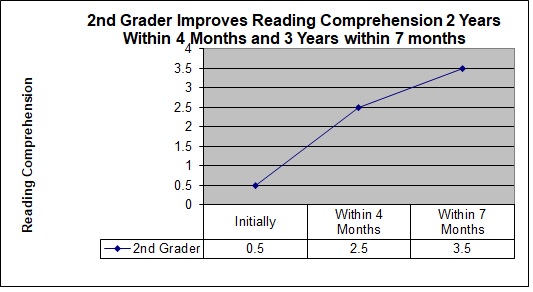
We have helped a second grader to improve her comprehension 3 grade levels in 7 months
and a 9th grader to improve her comprehension 4 grade levels in 6 months.
A homeschool student had been through 2 years of dyslexia treatments, but her comprehension was still at the kindergarten level, even though she was in 2nd grade.
With our help, she was able to:
- Significantly improve her reading fluency
- Improve her reading comprehension by 2 grade levels in 4 months and by 3 grade levels in 7 months
- Significantly improve her attention, visual processing, and confidence
- Read 23-chapter books on her own, after not having read one previously
- Go from a struggling dancer to the top group, because of their improved neural timing, working memory and confidence
A 9th grader improved her reading comprehension by 4 grade levels in 6 months.
Her mother commented: “Her reading comprehension has increased four grade levels, and she has increased her rate of reading by 100 words per minute. Her ability to comprehend what she is reading has also improved and she doesn’t hate reading for the first time in her life”.
For voucher students, we are offering a one-hour assessment – tutoring session with a separate parent consult, if you purchase one hour from 3D Learner through the Florida Empowerment Scholarship or the Personalized Education Program. You can either:
-
Purchase an hour and call us at 561-361-7495 or
-
Call us at 561-361-7495 to discuss your specific situation
For non-voucher students, we are offering this $250 value for $124.

A dyslexia treatment that follows the Science of Reading will help Reading Fluency but may not significantly improve reading comprehension.
The challenge is that many students with dyslexia are also a right brain kinesthetic learner, who learns best when he or she sees and experiences information. For the right brain kinesthetic learner with dyslexia, additional strategies and interventions may be necessary to address their specific challenges.
The Science of Reading is an evidence-based approach to teaching reading that emphasizes phonics, phonemic awareness, and other foundational skills. While it is effective for improving reading fluency, it’s important to note that reading comprehension is a multifaceted skill that involves various cognitive processes beyond just decoding words.
Note, if your child does not have dyslexia but learns differently, all the other efforts discussed below to improve visual processing, executive function skills and reading comprehension may be needed.
Note, these students’ profiles often include a combination of 2, 3 or 4 of the following: the student often learns differently, has auditory or visual processing issues, and very often has more than one executive function challenge that may include attention, working memory, processing speed and …

Most students with dyslexia are also a right brain, visual or kinesthetic learner with a visual processing and/or executive function challenge.
Specific problems we see in right brain kinesthetic learners with dyslexia may include:
Problems recognizing words they have seen and not mastered.
Vocabulary instruction: Enhancing word knowledge is crucial for understanding the meaning of texts.
Sight word vocabulary — where the right brain kinesthetic learner does not have a picture for what the words mean.
Visual processing issues frequently occur in this population.
Working memory. A dyslexia treatment and building language skills often requires students to learn and remember rules. This can be difficult for a student with a weak memory.
Processing speed. Many students with dyslexia process information slowly, but it can be improved.
Reading comprehension strategies: Teaching specific strategies, such as visualizing, summarization, questioning, and making connections to their own experiences, can help students with dyslexia improve their comprehension skills. For the right brain kinesthetic learner, the student will often benefit from a hands-on and visual approach that teaches them what the word looks like and creates a visual for what the words and passages mean.
Text structure or sequence awareness: Understanding how different types of texts are structured can aid comprehension. Explicit instruction in recognizing and understanding sequences can be helpful.
Background knowledge development: Building background knowledge using pictures or videos can improve comprehension. Reading a wide range of texts on different topics and relating to their own experiences can contribute to this.
Explicit instruction in comprehension skills: Providing direct instruction in specific comprehension skills, such as identifying main ideas, drawing conclusions, and making predictions, can be beneficial.
It’s important to recognize that dyslexia is a neuro-biological condition that affects the way the brain processes written and spoken language. As such, a comprehensive and individualized approach to intervention is often necessary, taking into account the unique needs and strengths of each student with dyslexia.
To improve reading fluency and reading comprehension for students with dyslexia who are right brain kinesthetic learners, the student often needs:
- A dyslexia treatment to improve reading fluency.
- A more visual kinesthetic approach to word recognition, spelling and vocabulary.
- Auditory and/or visual processing issues identified and addressed.
- Executive function issues identified and addressed.
- Reading comprehension strategies that utilize relevant text and that leverage the student’s ability to learn best when they see and experience information.
If you would like to discuss your situation, you can either call us at 561-361-7495 or click here to find a time on our schedule to discuss “Your Right Brain Kinesthetic Learner with Dyslexia”.

 The right assessment can identify specific strengths and cognitive weaknesses
The right assessment can identify specific strengths and cognitive weaknesses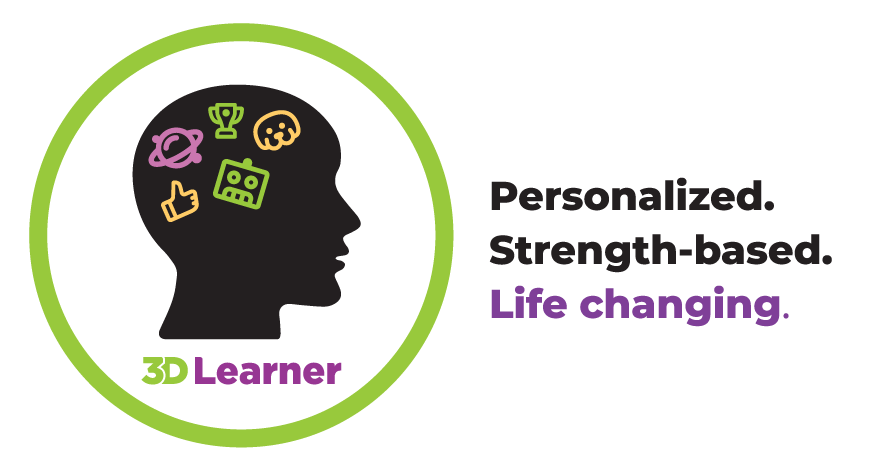
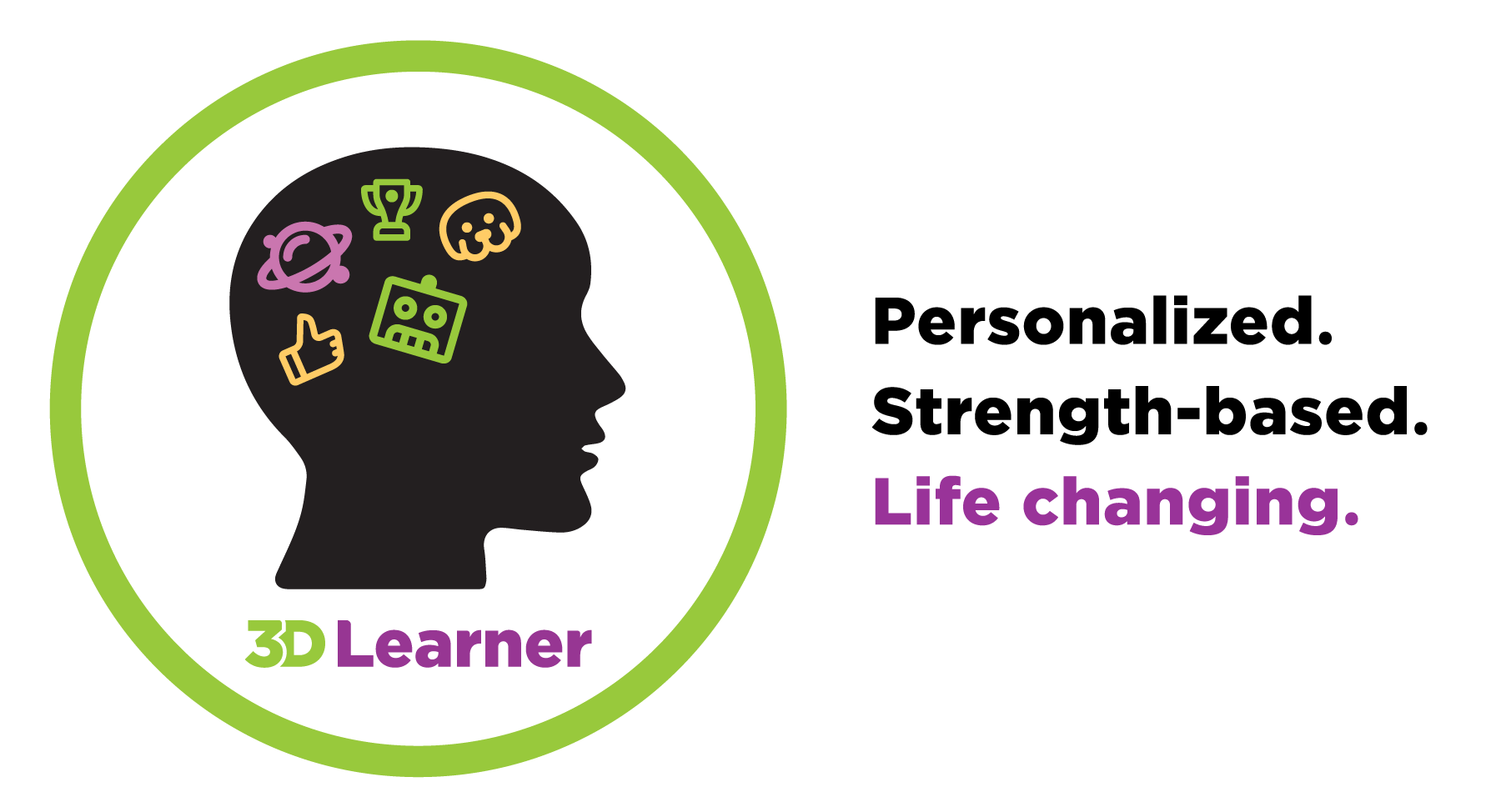





Recent Comments